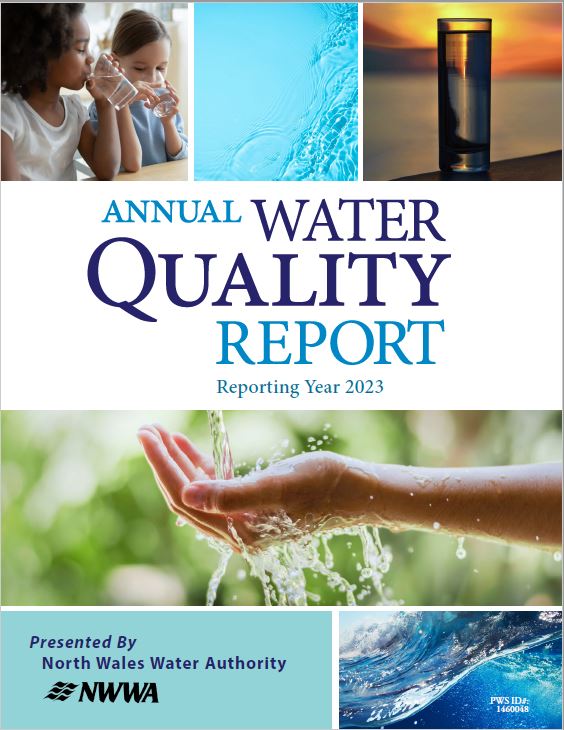Since the Authority operates its own distribution system, as well as being a part owner of the Forest Park Water facilities, sampling under the SDWA (Safe Drinking Water Act) is conducted independently by both utilities in accordance with appropriate requirements. This ensures that the Authority takes all distribution samples for which it is responsible and Forest Park Water takes all samples related to a surface water treatment facility. To some extent, this arrangement results in duplication of testing, but ensures an added measure of quality control.
Following is a complete compilation of all contaminants monitored for by the Authority and Forest Park Water during the 2023 calendar year in the Annual Water Quality Report.
In these tables you will find many terms and abbreviations you might not be familiar with. To help you better understand these terms, we’ve provided definitions.
Additionally, for more information we encourage our customers to visit the Water Quality FAQ
